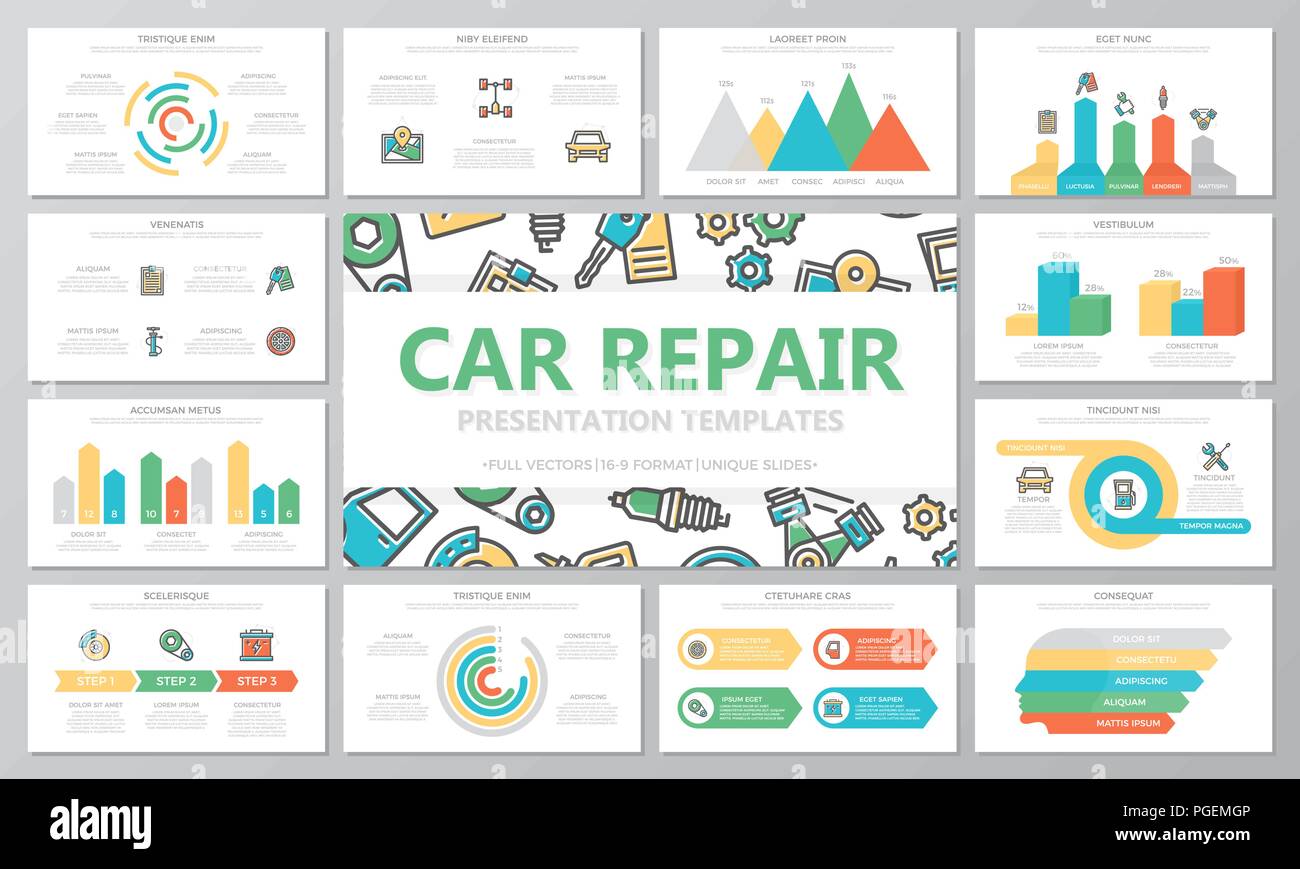Want To Find Out More Concerning The Caution Lights On Your Dashboard? Uncover What They Suggest Regarding Your Vehicle'S Health And Safety
Want To Find Out More Concerning The Caution Lights On Your Dashboard? Uncover What They Suggest Regarding Your Vehicle'S Health And Safety
Blog Article
Material Author-Faulkner Shepherd
When you're behind the wheel, those beautiful warning lights on your dashboard can be a bit complicated. Do car detailing services recognize what they're attempting to inform you regarding your automobile's wellness? Comprehending the importance of these lights is vital for your safety and security and the long life of your vehicle. So, the following time one of those lights turns up, wouldn't you intend to decode its message accurately and take the required steps to address it?
Common Warning Lights and Interpretations
Identify typical caution lights in your car and recognize their significances to guarantee safe driving.
One of the most common caution lights consist of the check engine light, which indicates problems with the engine or discharges system. If this light begins, it's essential to have your lorry examined quickly.
The oil pressure warning light shows low oil stress, calling for prompt interest to stop engine damage.
A flashing battery light may suggest a damaged billing system, possibly leaving you stranded if not attended to.
The tire pressure tracking system (TPMS) light alerts you to low tire pressure, impacting automobile stability and gas efficiency. Ignoring this might cause risky driving problems.
The ABS light suggests an issue with the anti-lock stopping system, endangering your capability to quit quickly in emergency situations.
Last but not least, the coolant temperature warning light warns of engine getting too hot, which can lead to severe damages otherwise dealt with swiftly.
Comprehending these common caution lights will aid you resolve problems immediately and preserve risk-free driving conditions.
Value of Prompt Interest
Understanding the usual caution lights in your cars and truck is only the primary step; the relevance of quickly resolving these warnings can not be highlighted enough to guarantee your security on the road.
When a warning light brightens on your control panel, it's your automobile's method of connecting a potential problem that requires focus. Neglecting these warnings can cause extra serious issues later on, compromising your safety and security and potentially costing you more out of commission.
Prompt attention to advising lights can protect against malfunctions and accidents. For instance, a flashing check engine light might indicate a misfire that, if left ignored, can trigger damage to the catalytic converter. Resolving this without delay can conserve you from a pricey repair.
In a similar way, a brake system alerting light may signify reduced brake liquid or used brake pads, important elements for your safety and security when driving.
Do It Yourself Troubleshooting Tips
If you discover a warning light on your dashboard, there are a few DIY fixing suggestions you can attempt before looking for expert help.
The first step is to consult your vehicle's manual to recognize what the particular caution light indicates. In some cases the concern can be as basic as a loosened gas cap triggering the check engine light. Tightening car wax nz may fix the problem.
An additional common concern is a low battery, which can activate various cautioning lights. Inspecting the battery connections for corrosion and ensuring they're safe might repair the problem.
If a warning light persists, you can try resetting it by detaching the automobile's battery for a couple of mins and then reconnecting it. Furthermore, checking your car's fluid degrees, such as oil, coolant, and brake fluid, can help fix cautioning lights related to these systems.
Final thought
In conclusion, understanding your vehicle's caution lights is essential for keeping your car running efficiently and safely. By quickly dealing with these alerts and knowing what they mean, you can avoid expensive repairs and prospective failures.
Keep in mind to consult your auto's manual for specific information on each alerting light and do something about it appropriately to guarantee a trouble-free driving experience.
Stay informed, remain safe when traveling!
